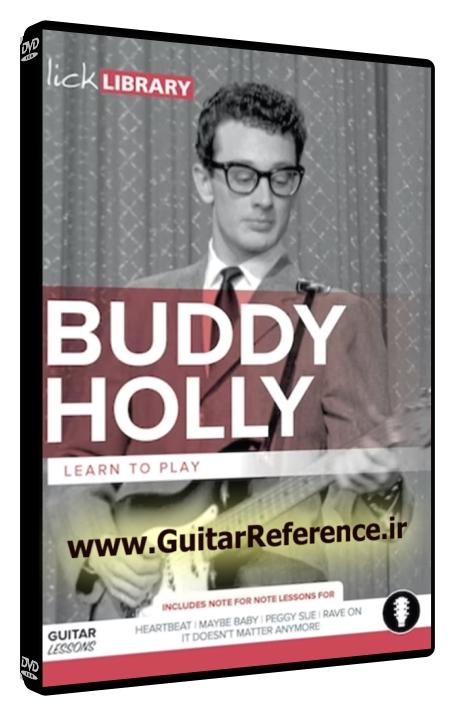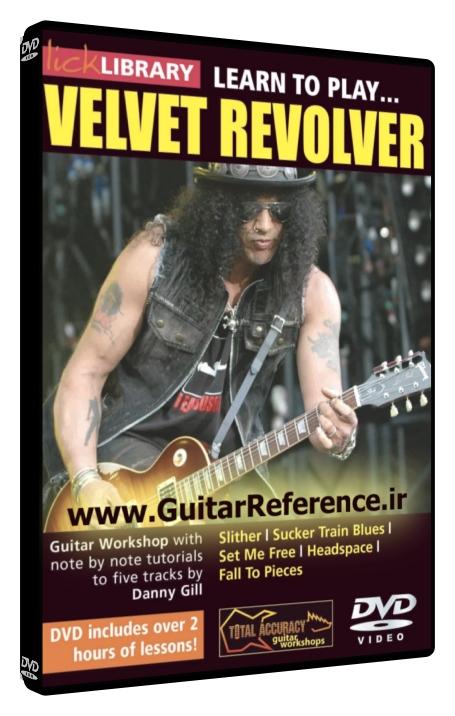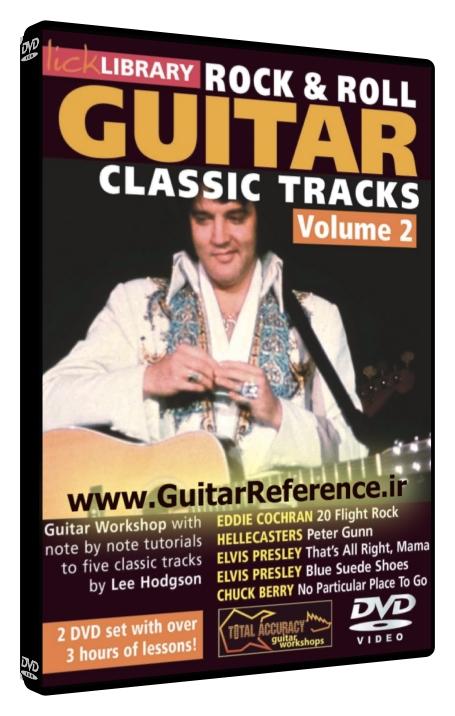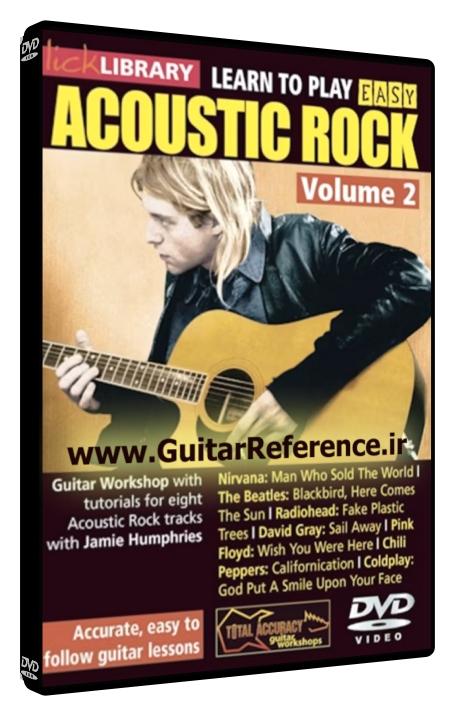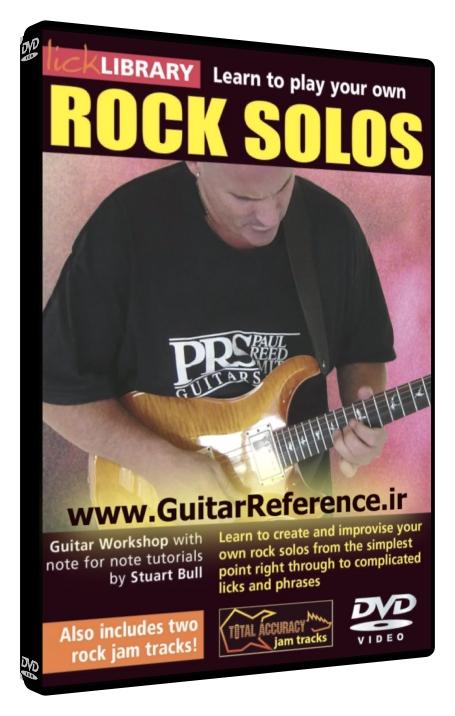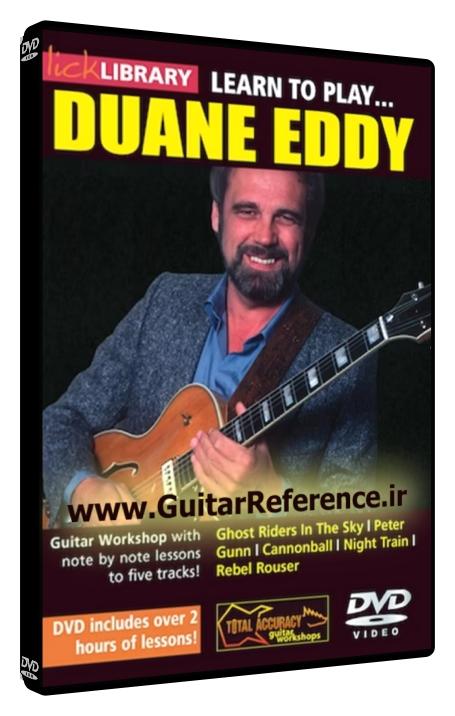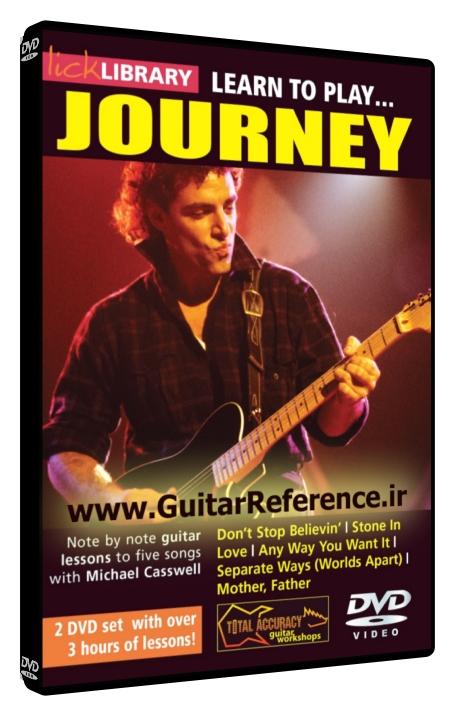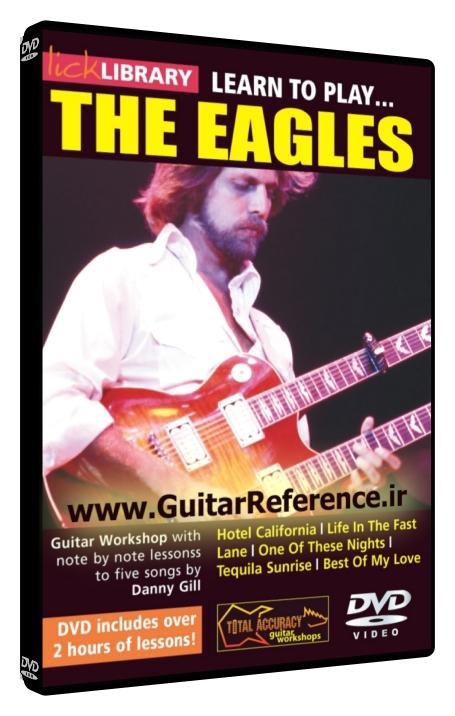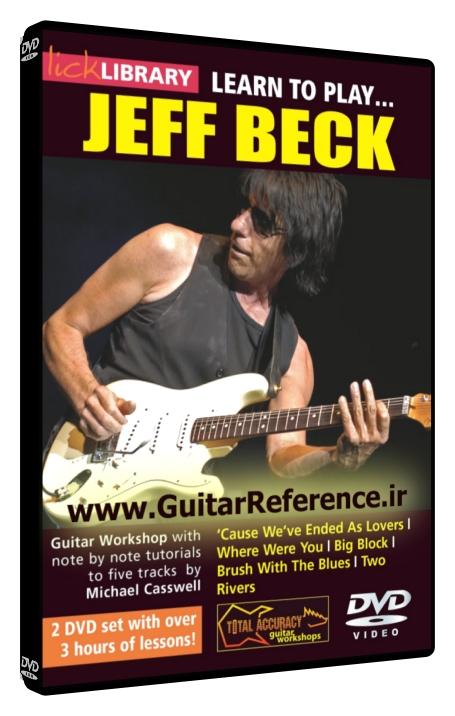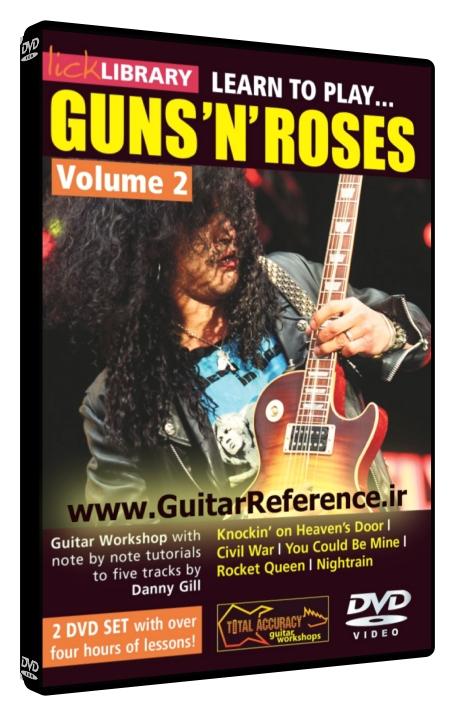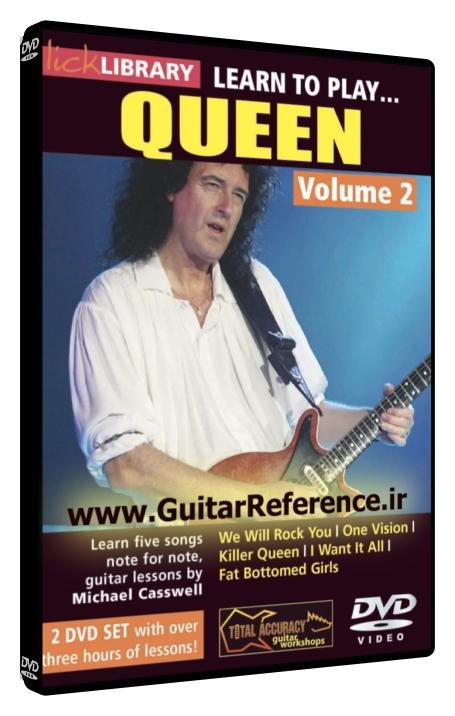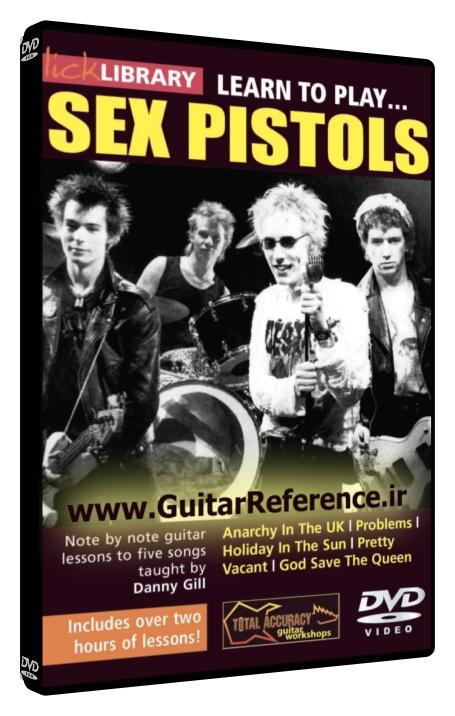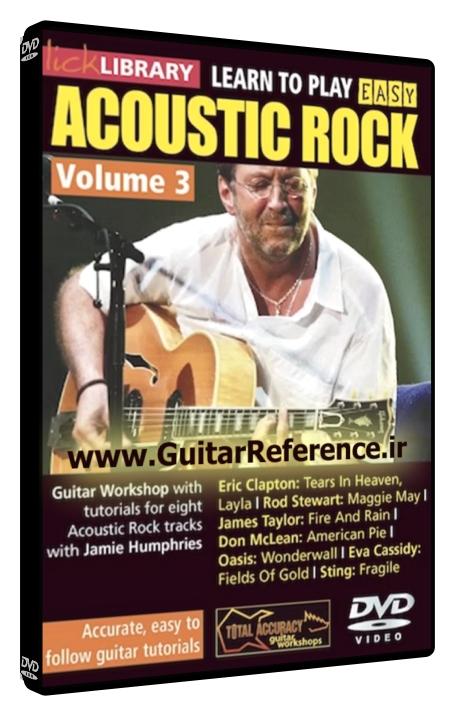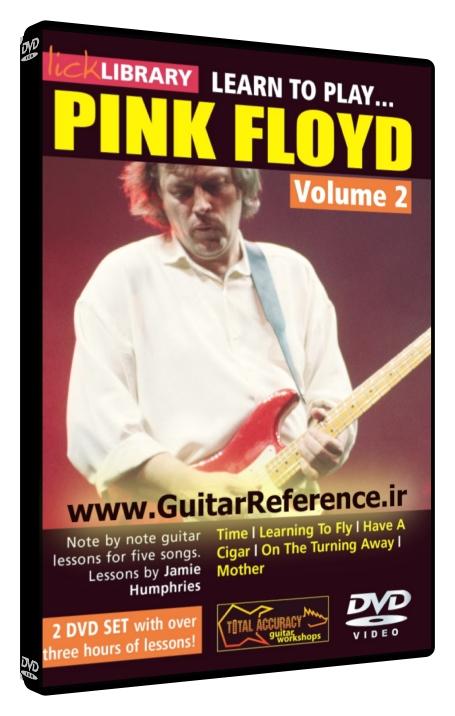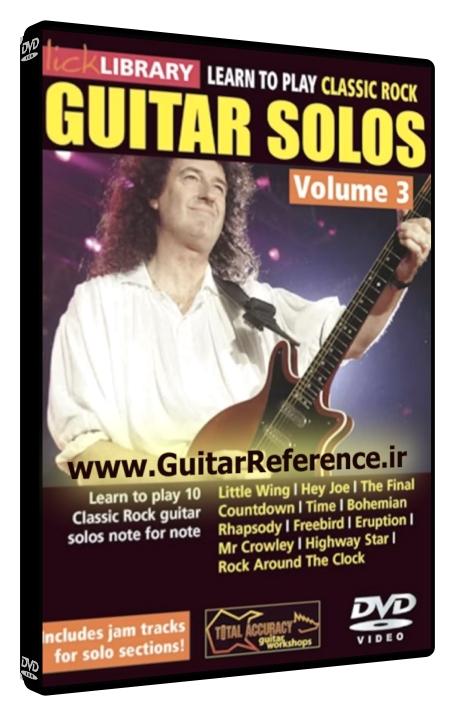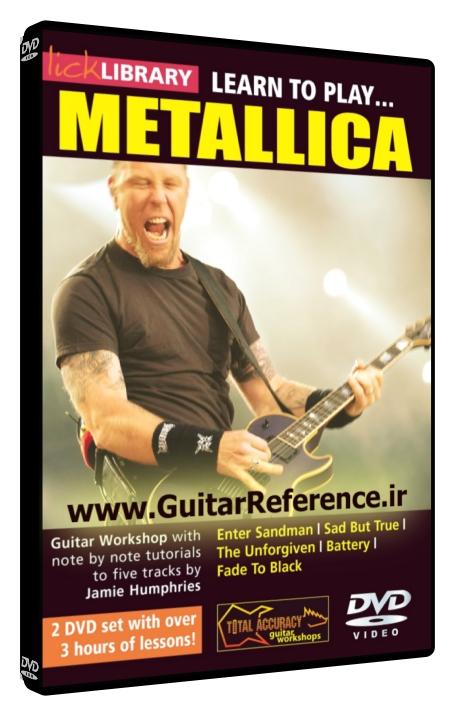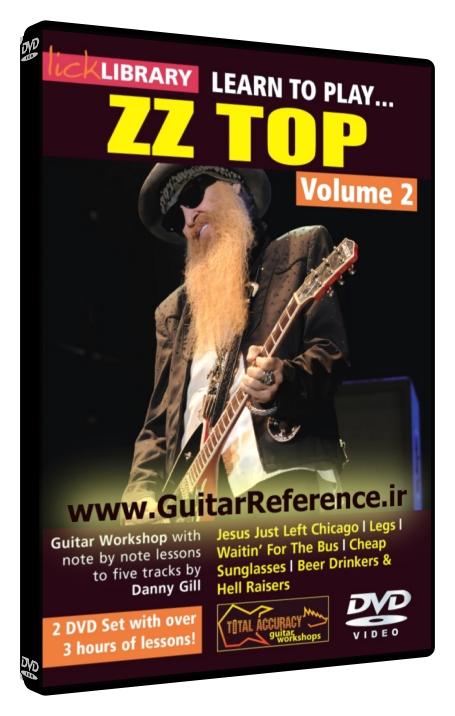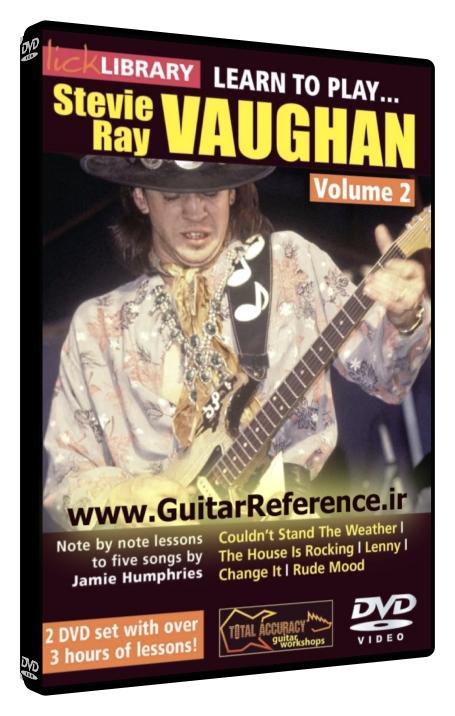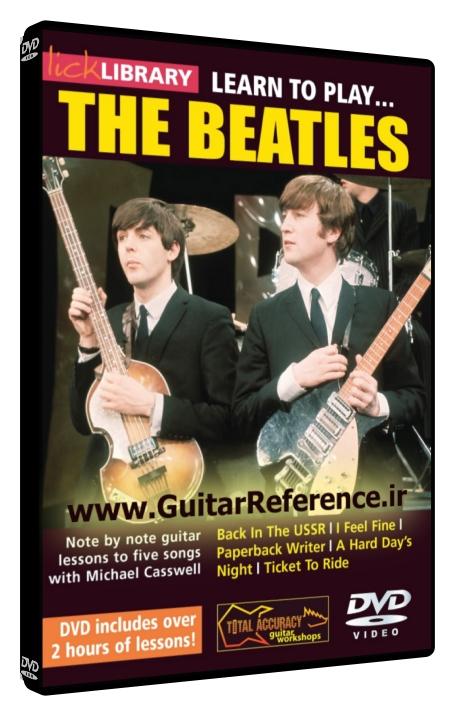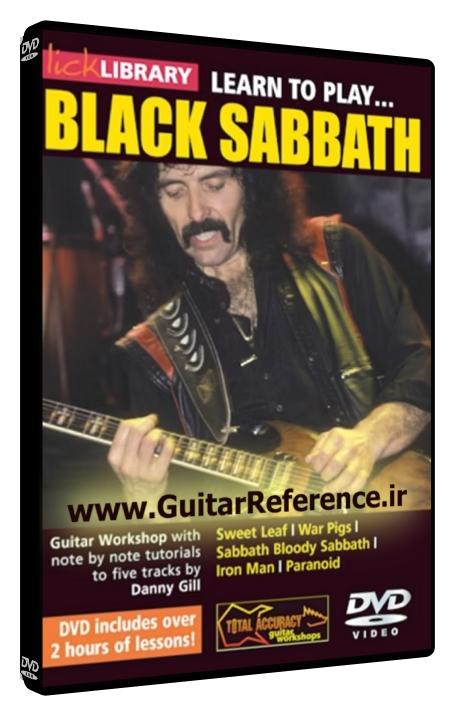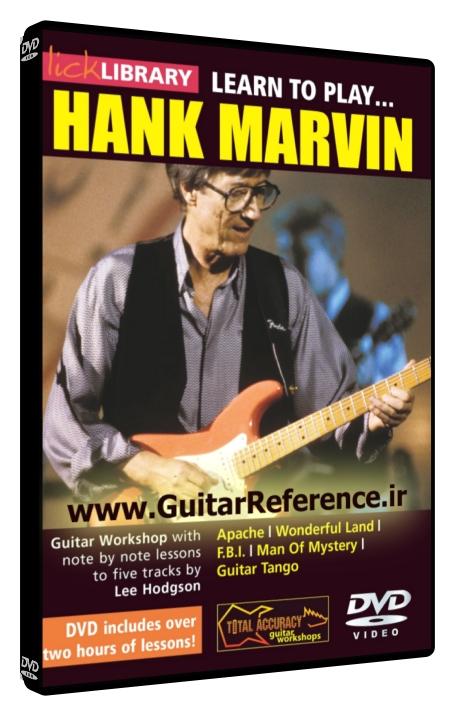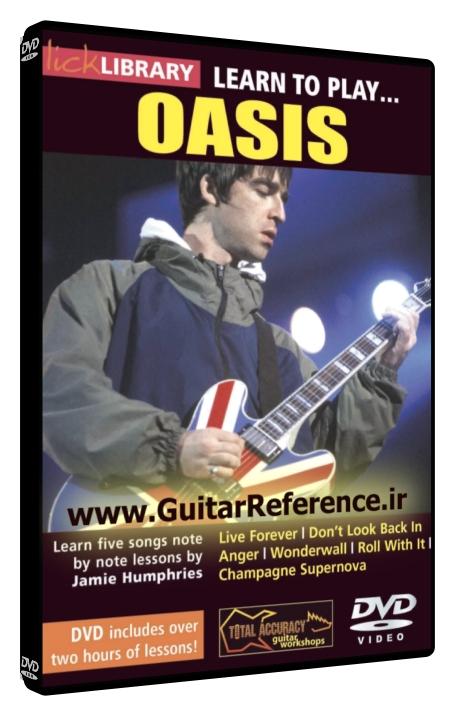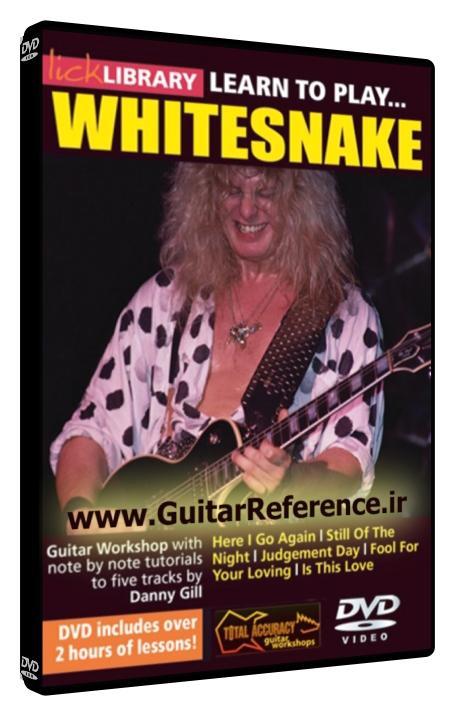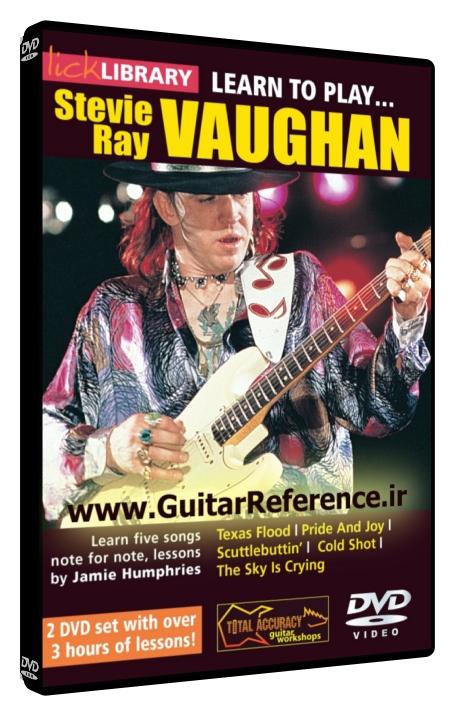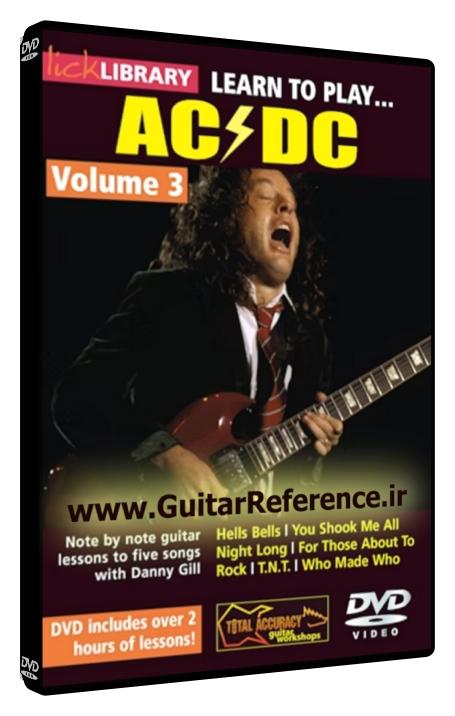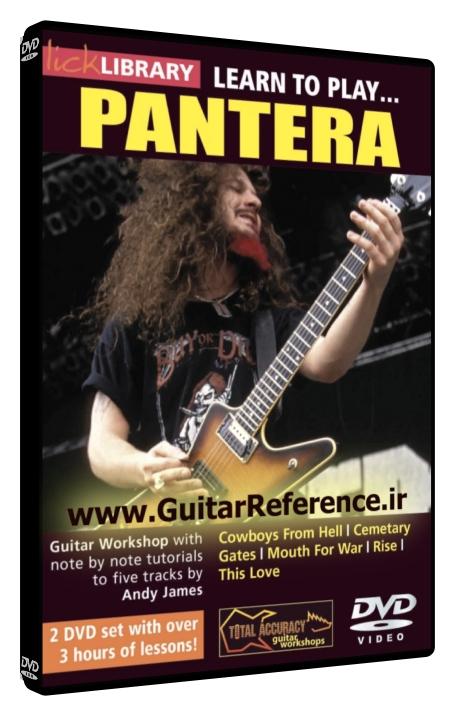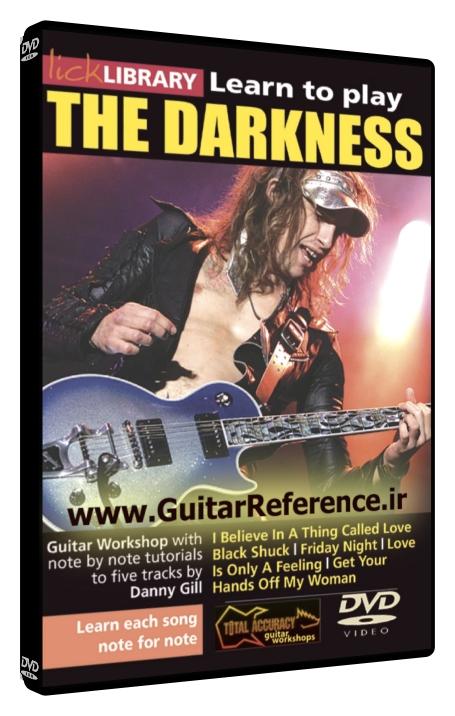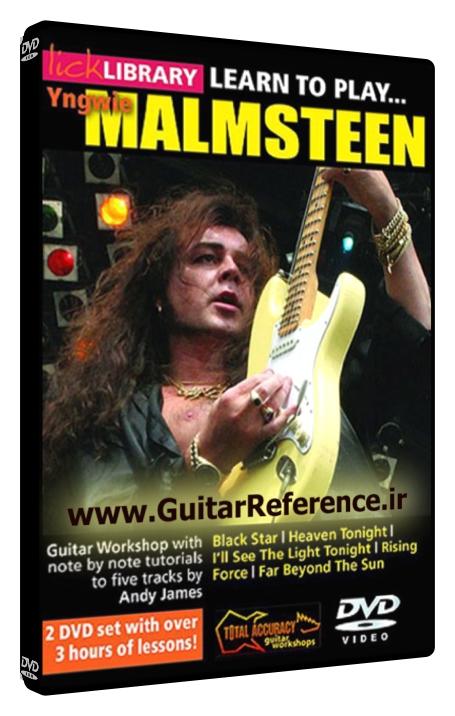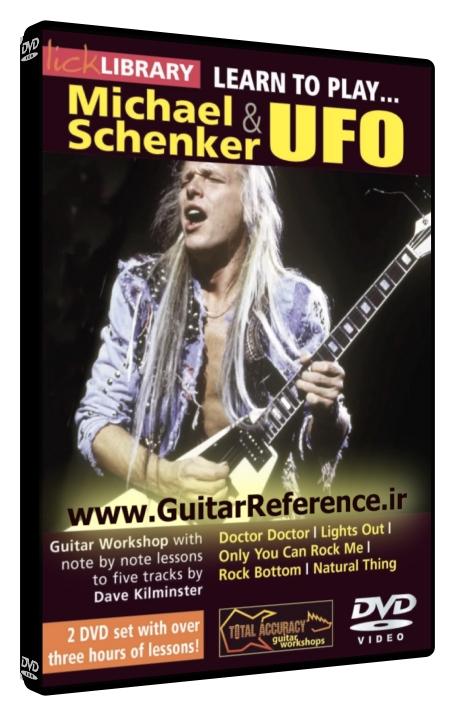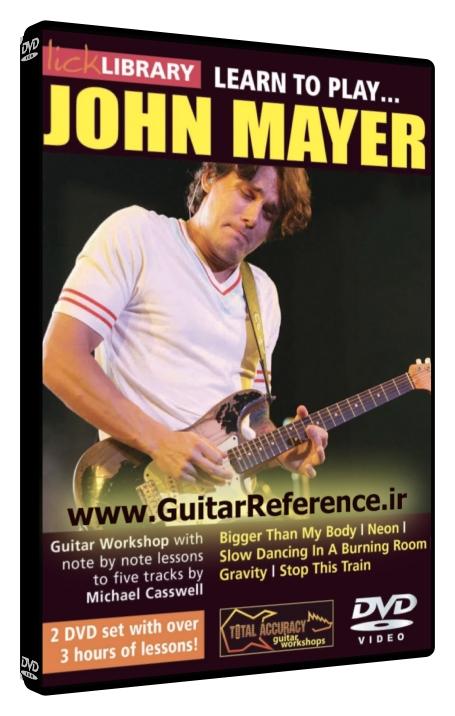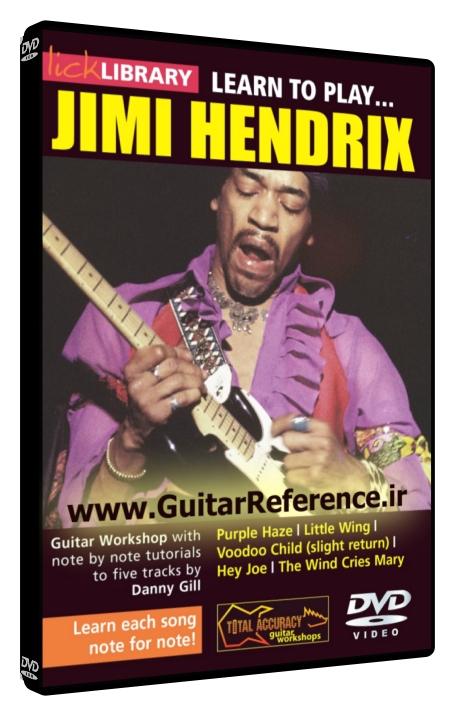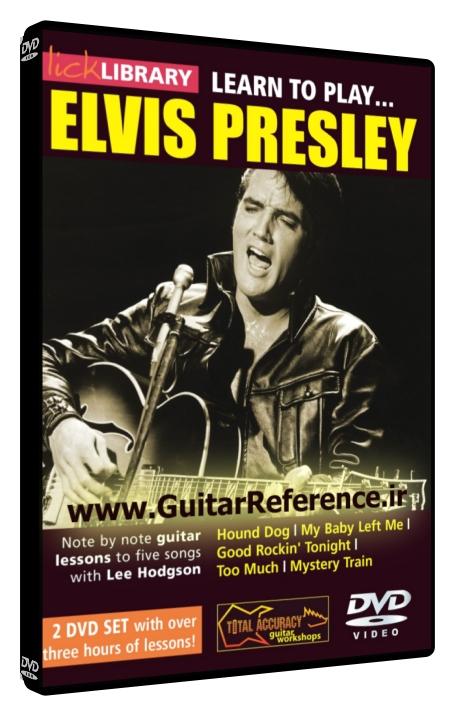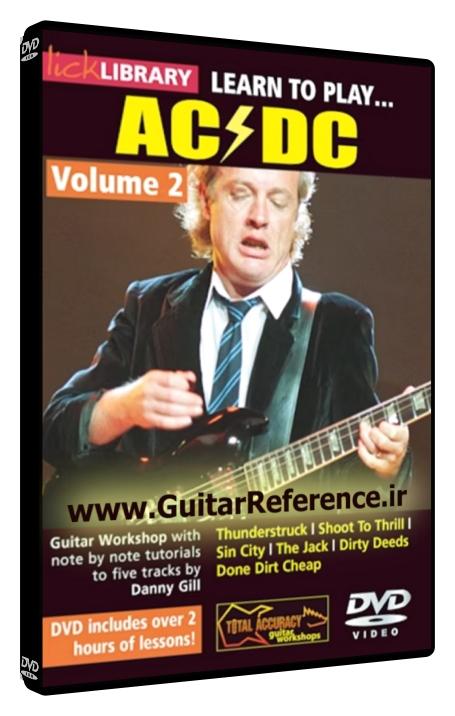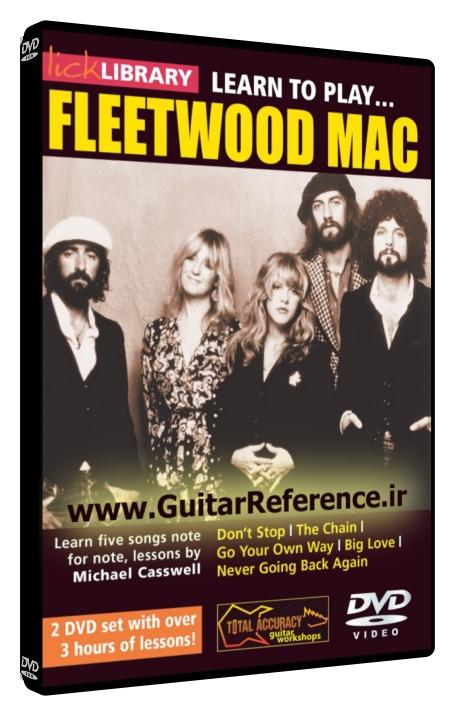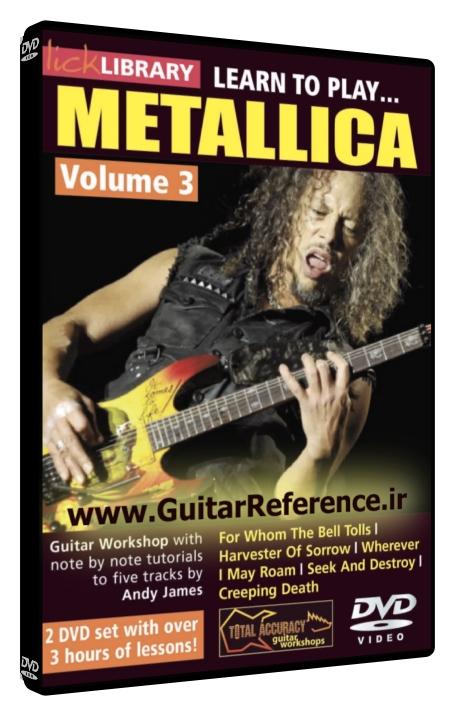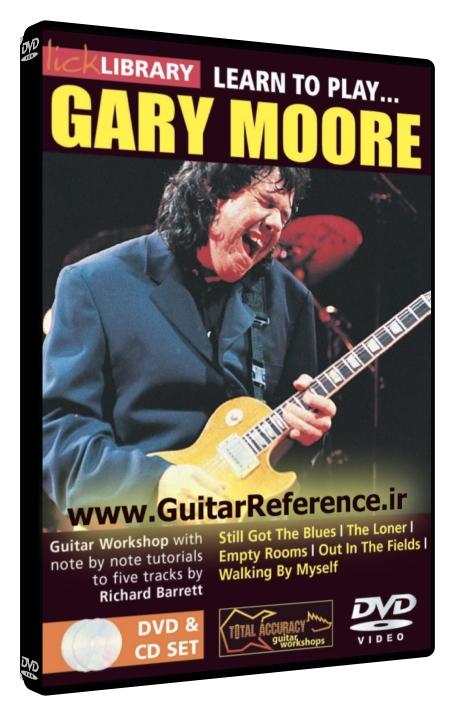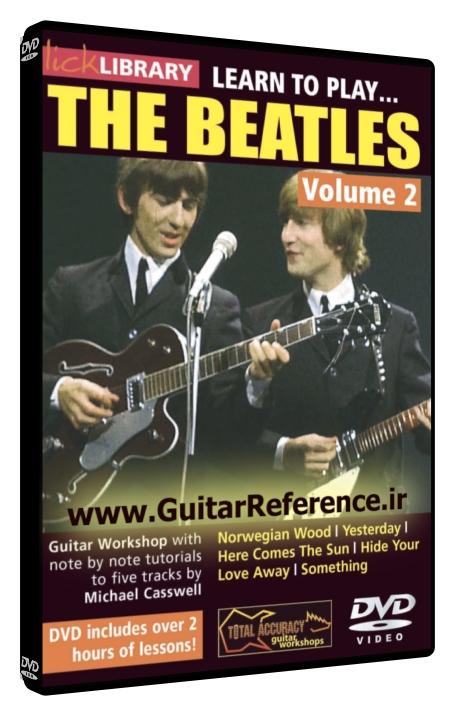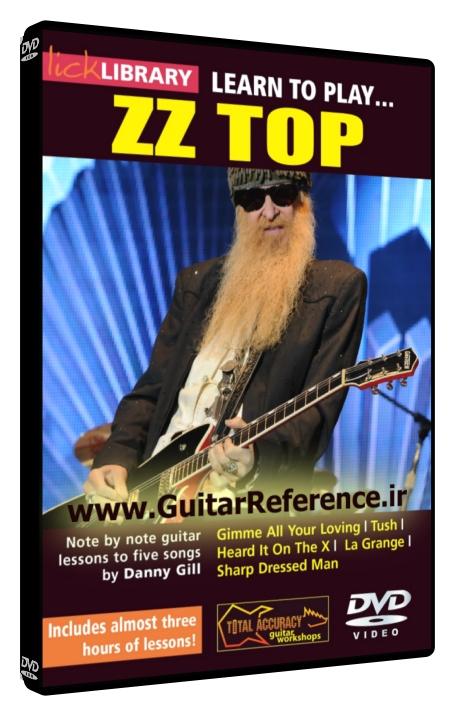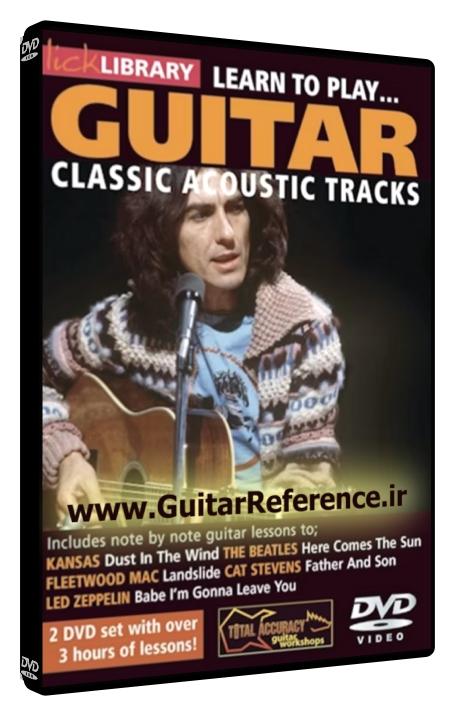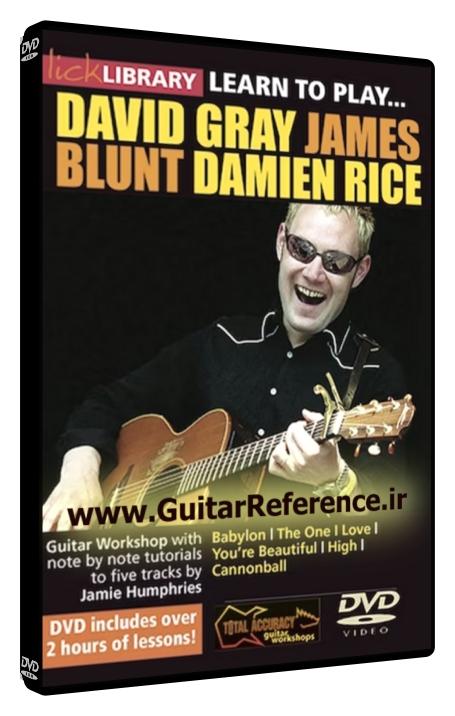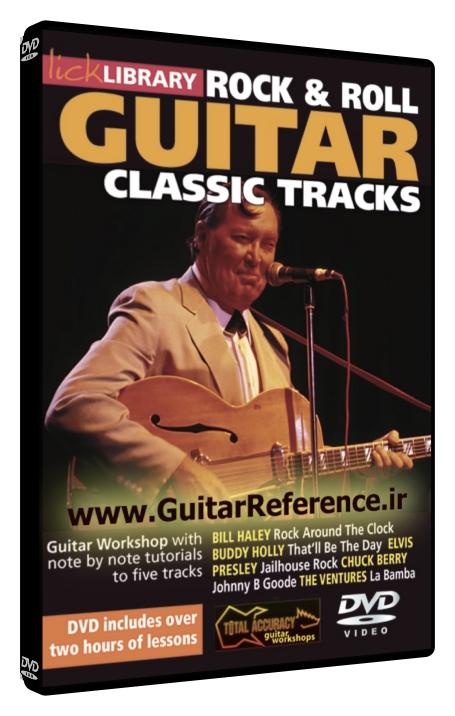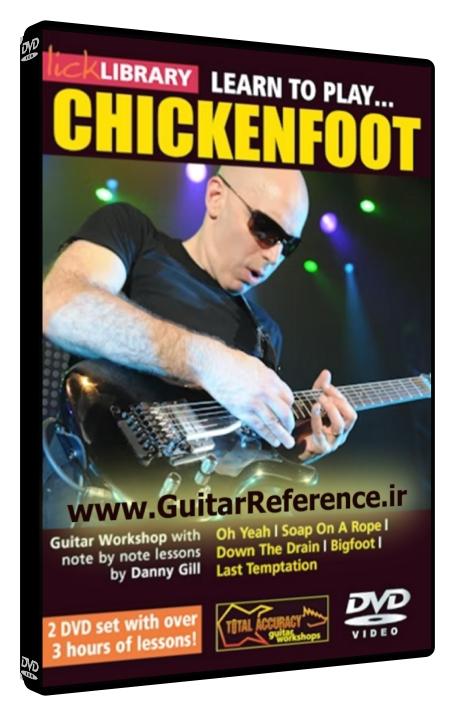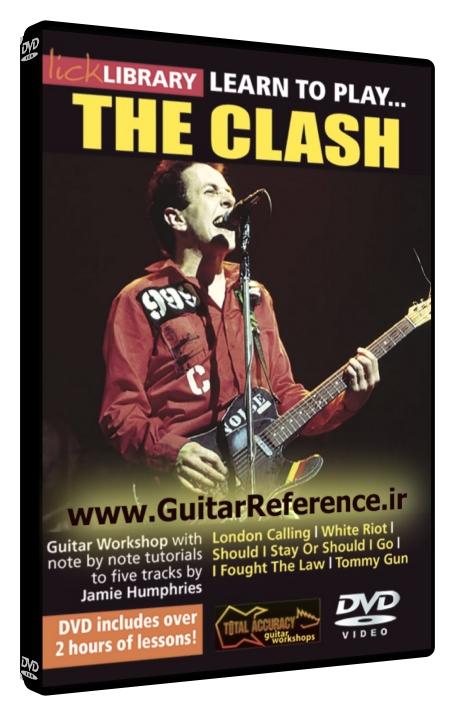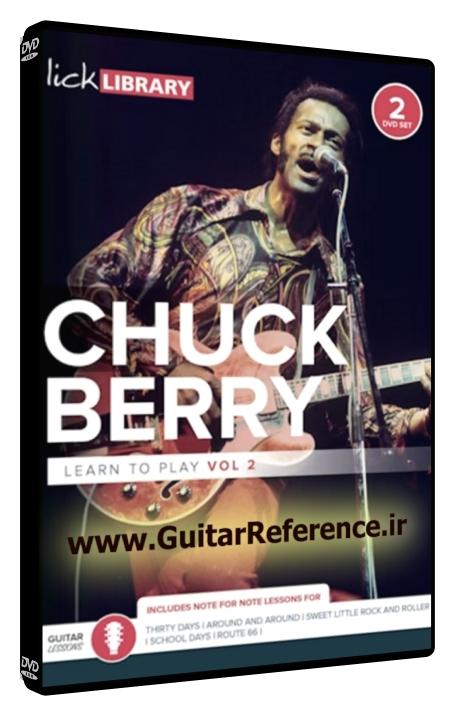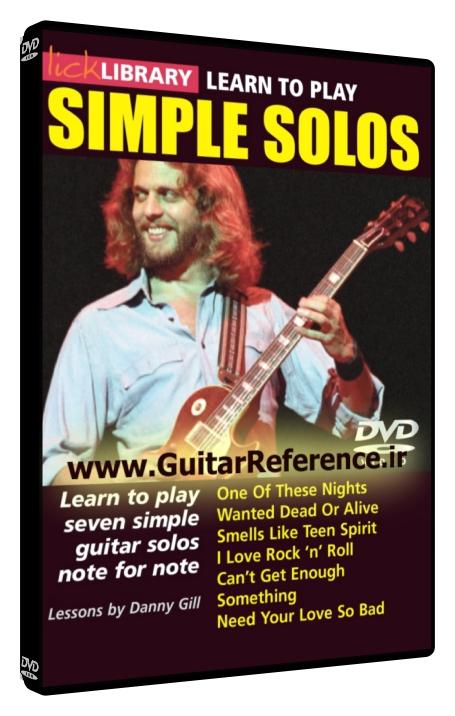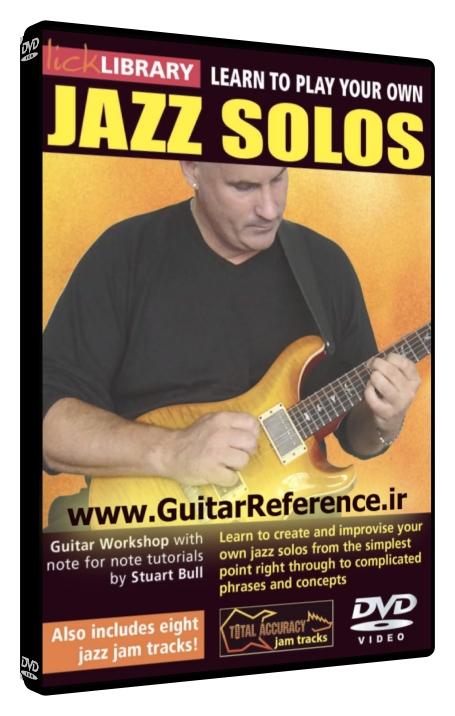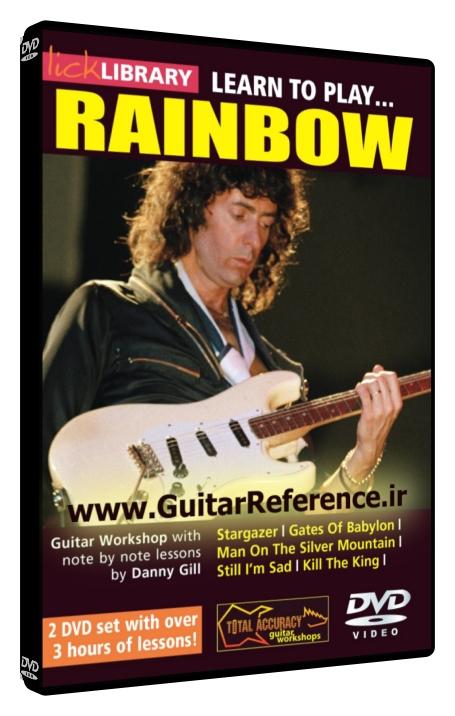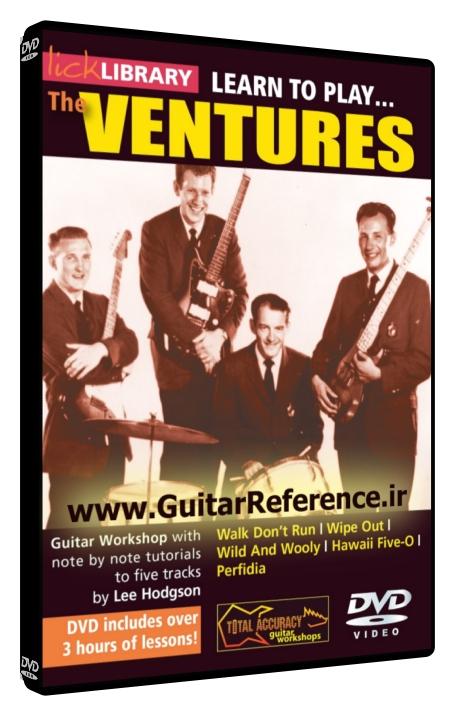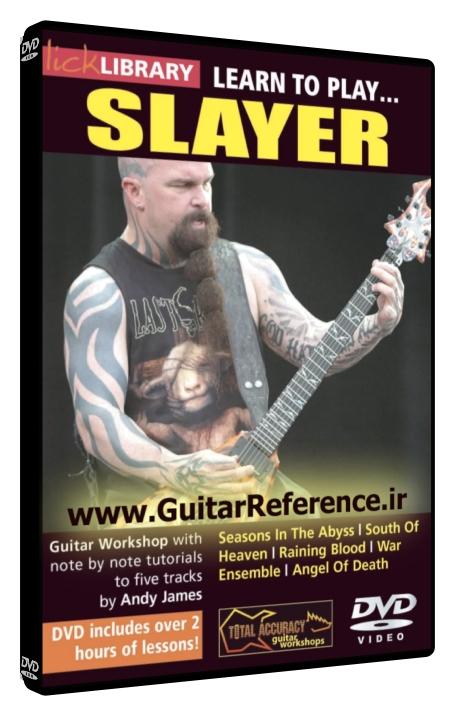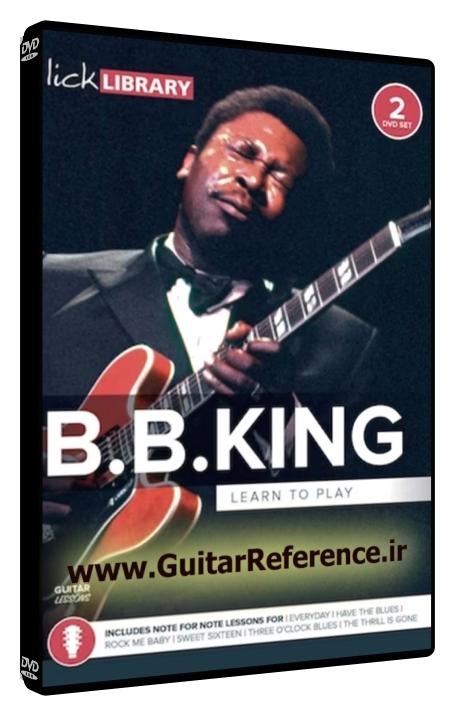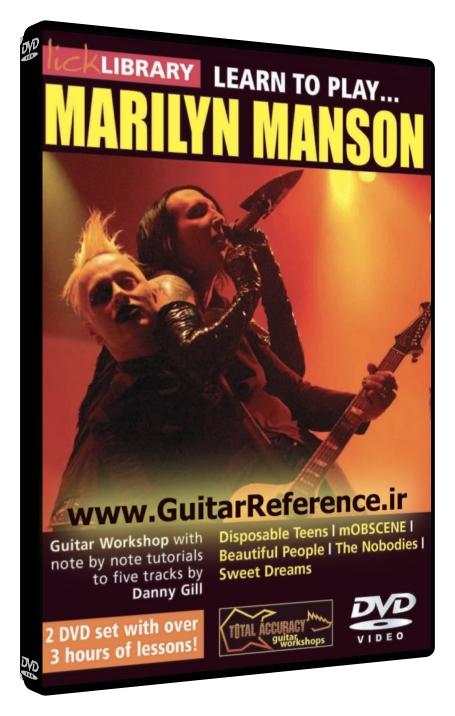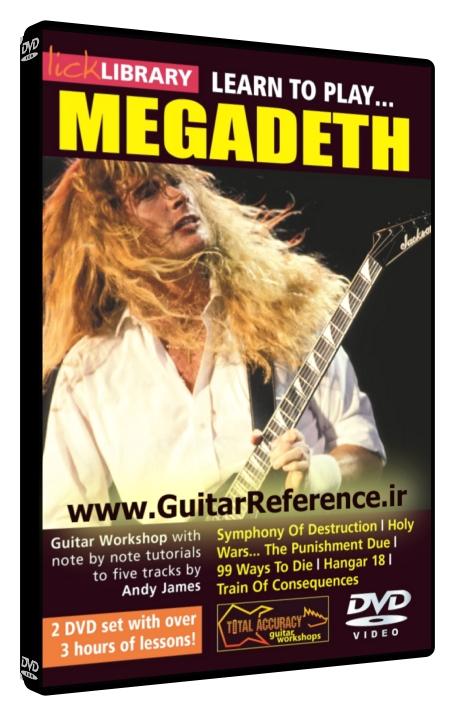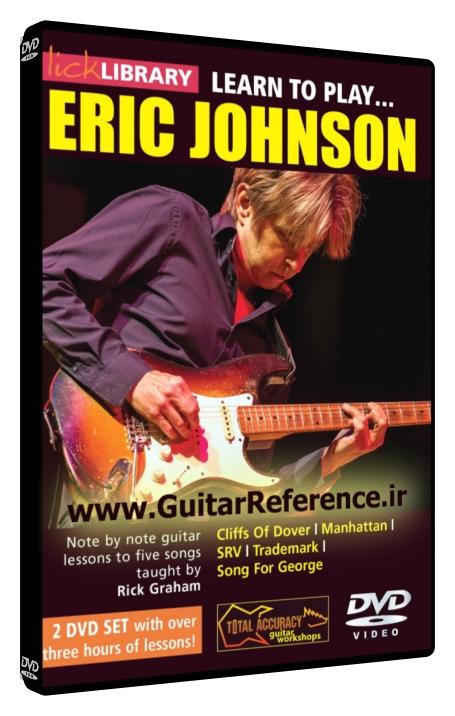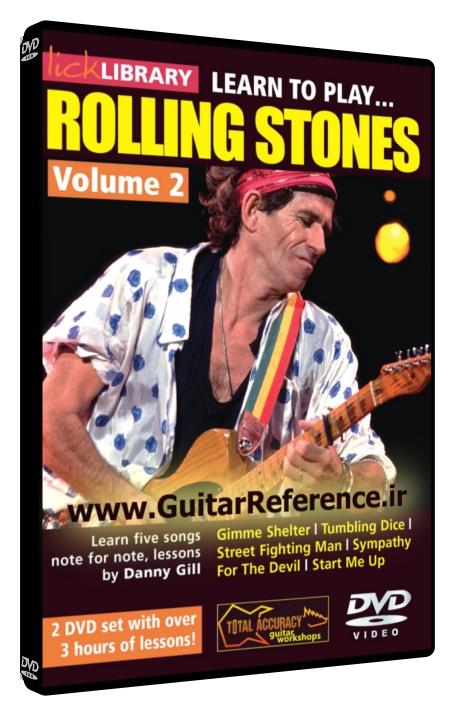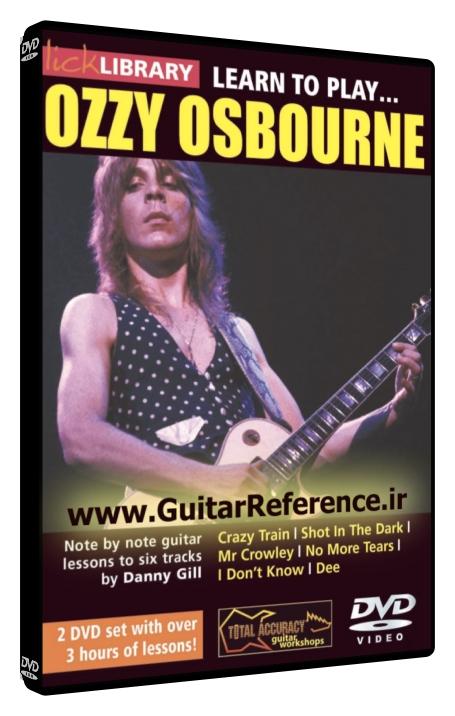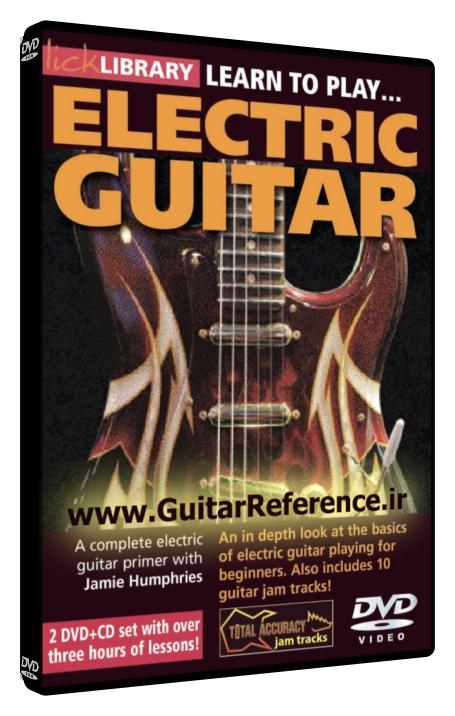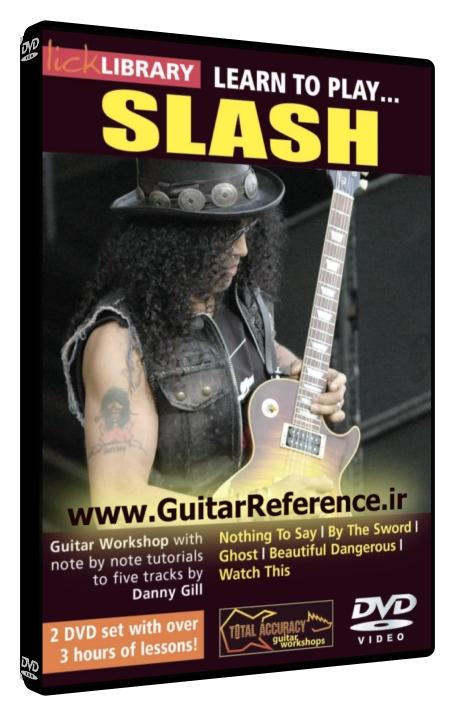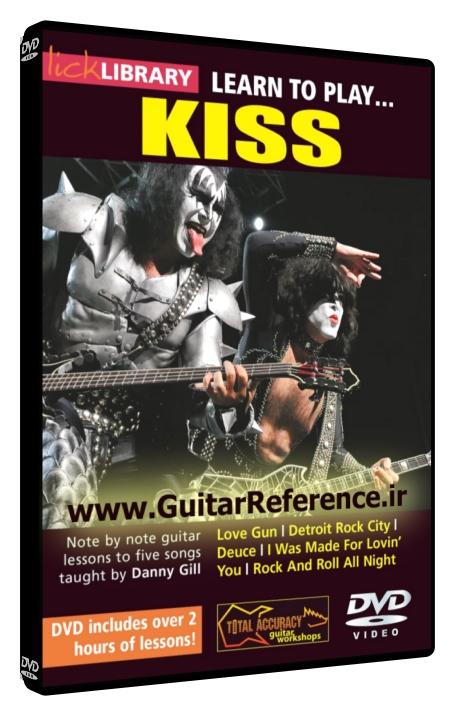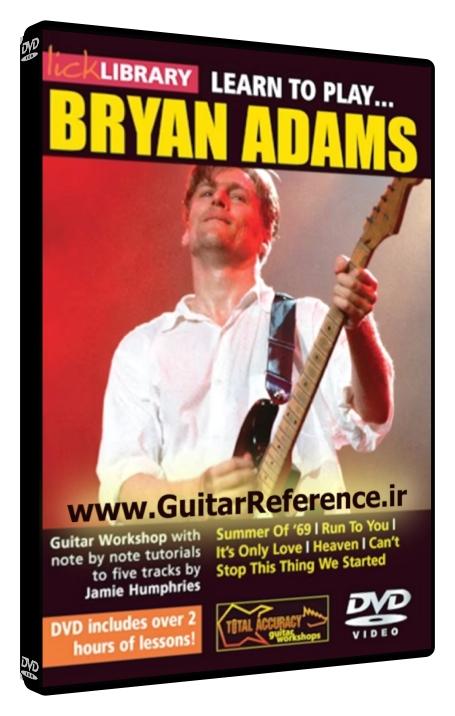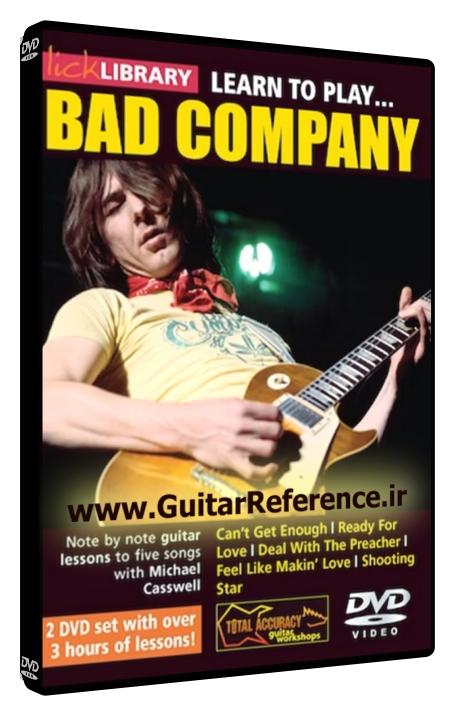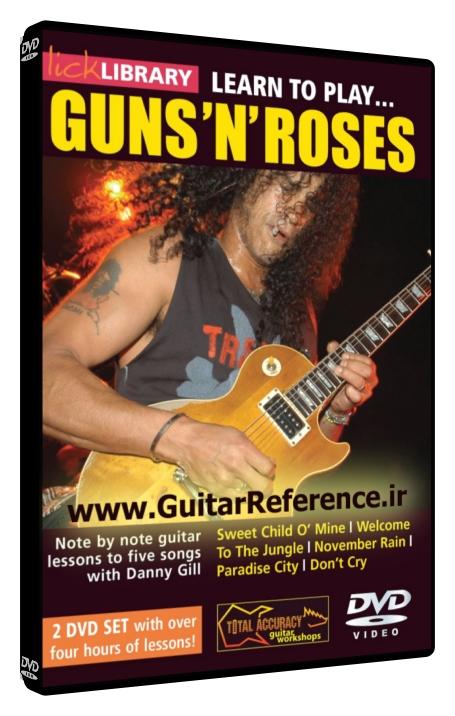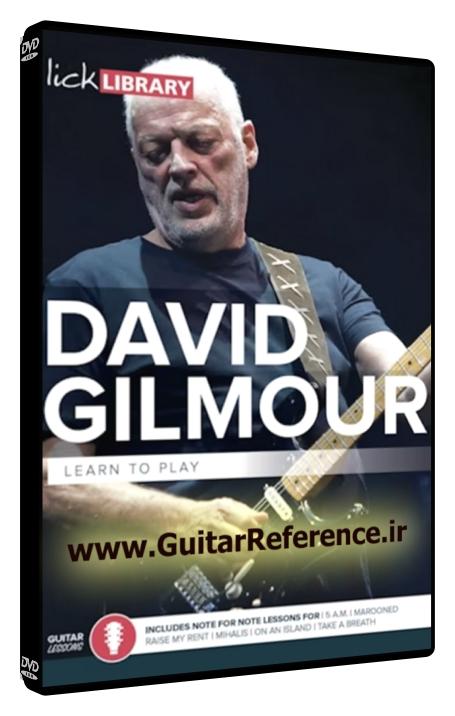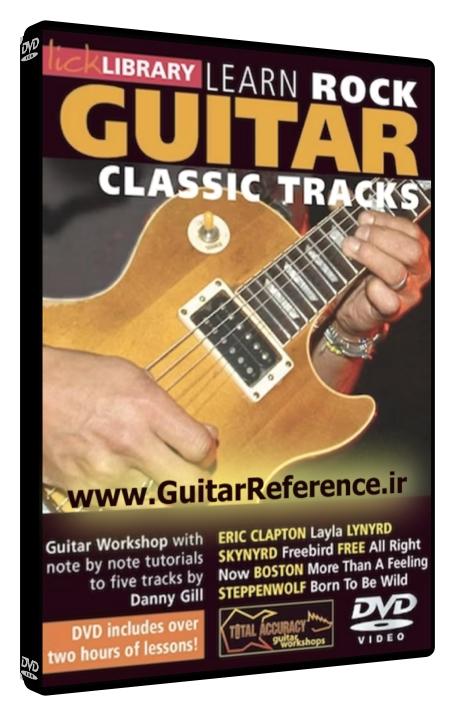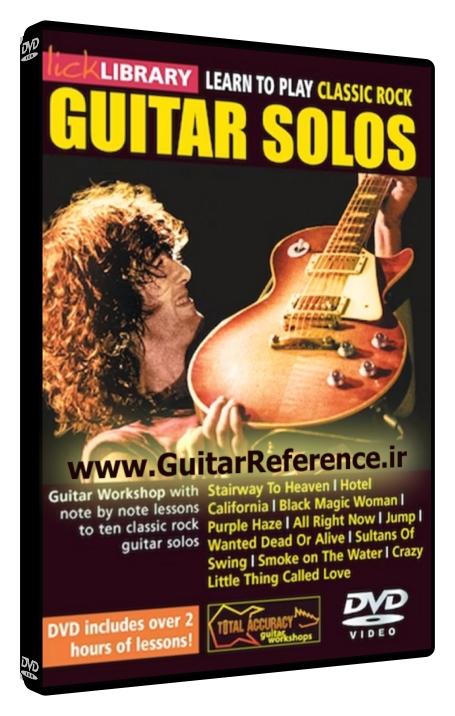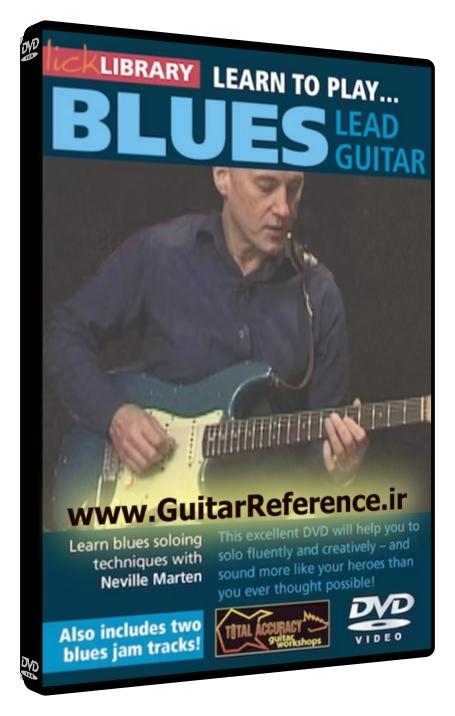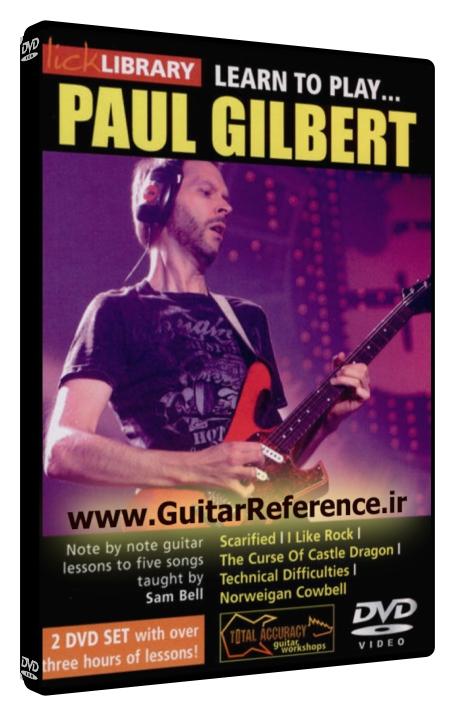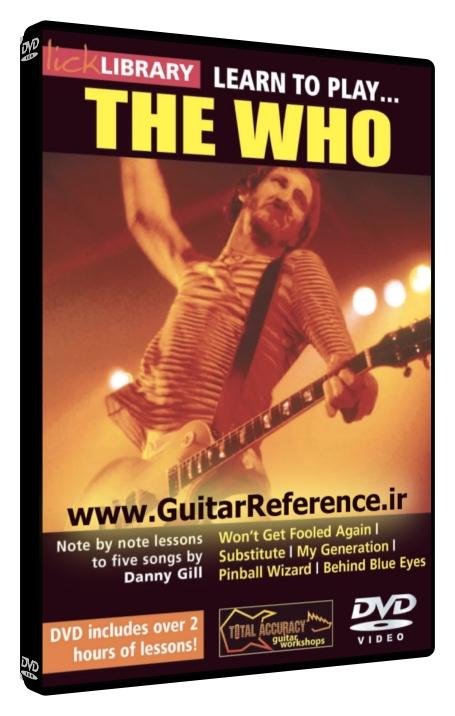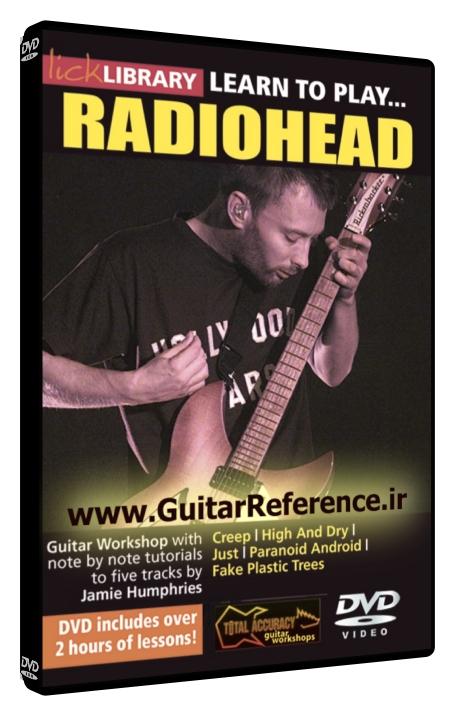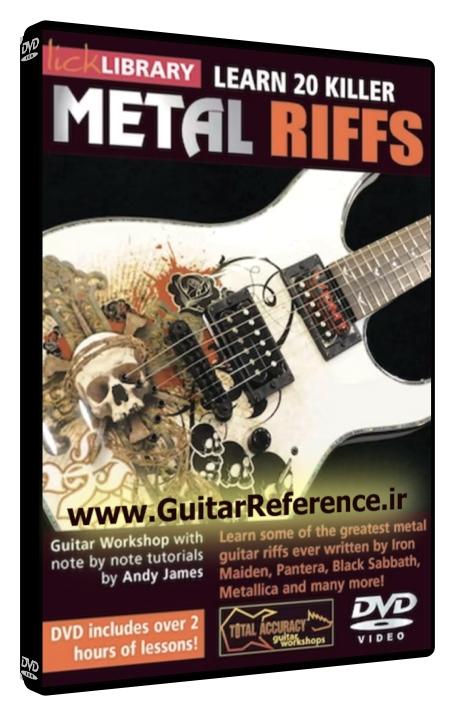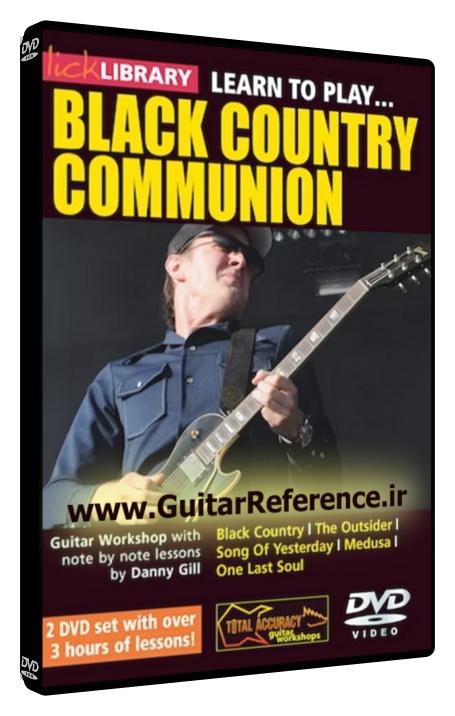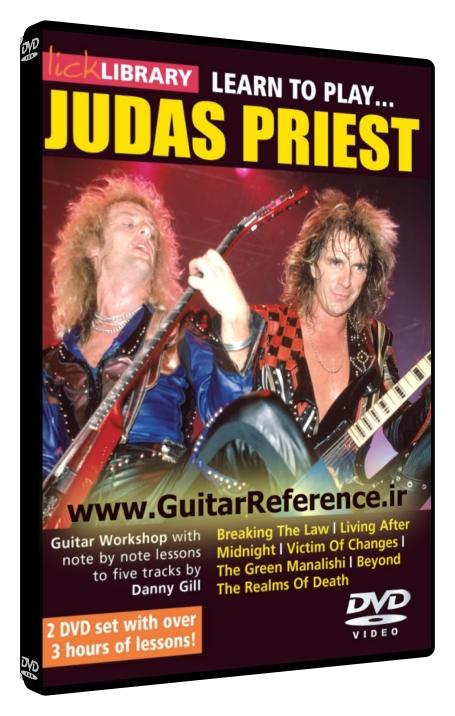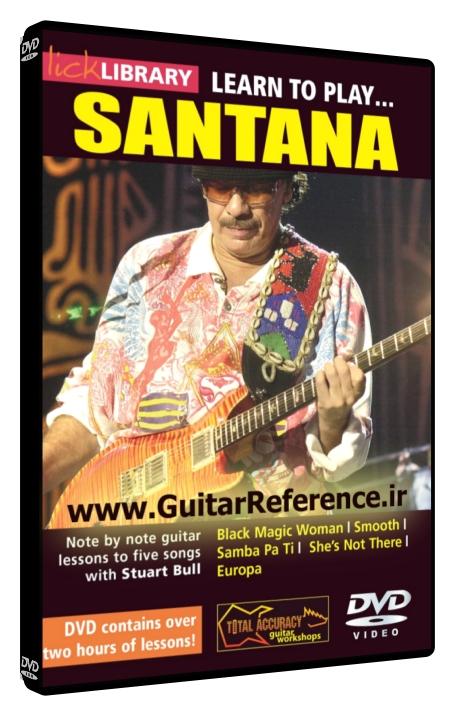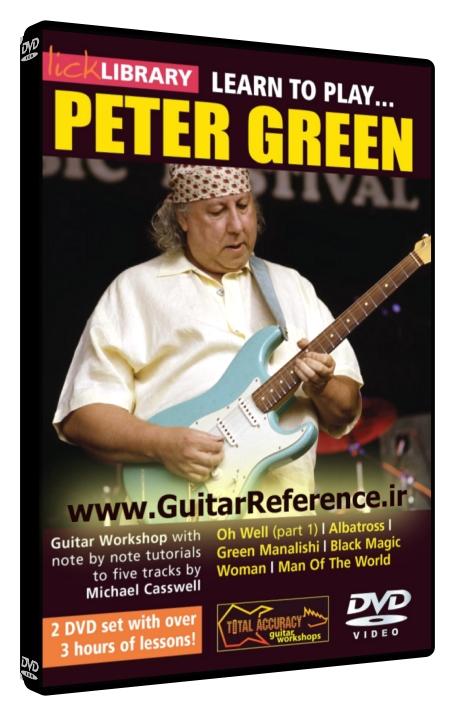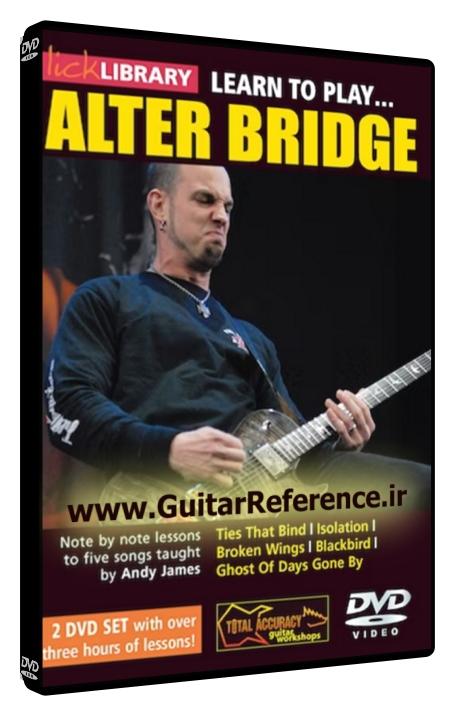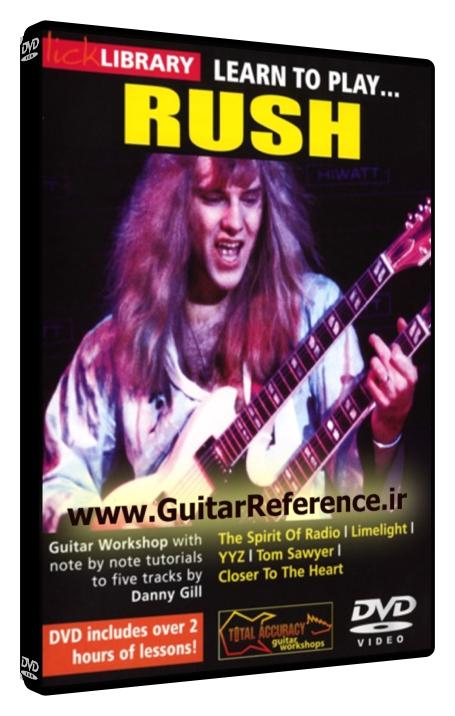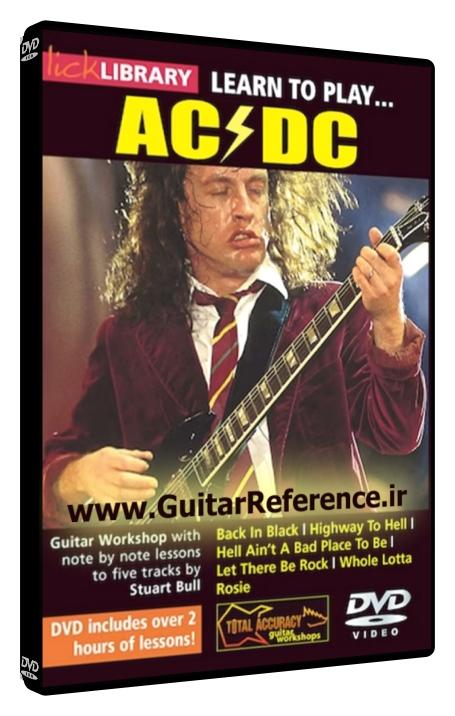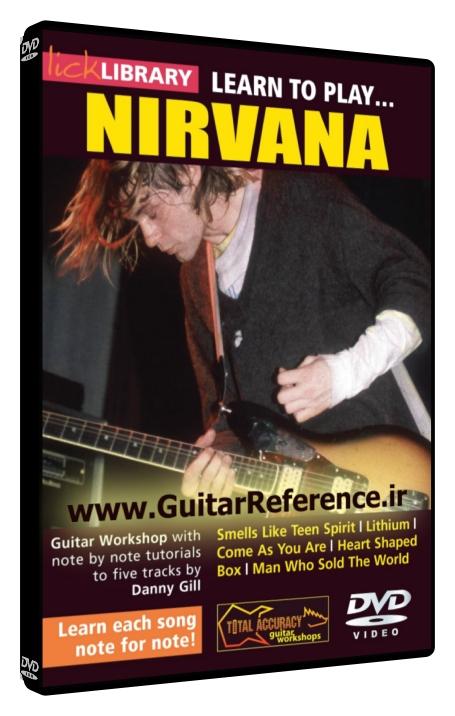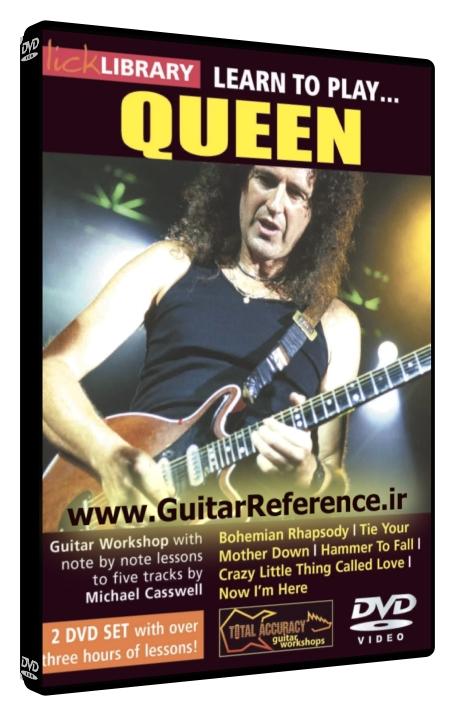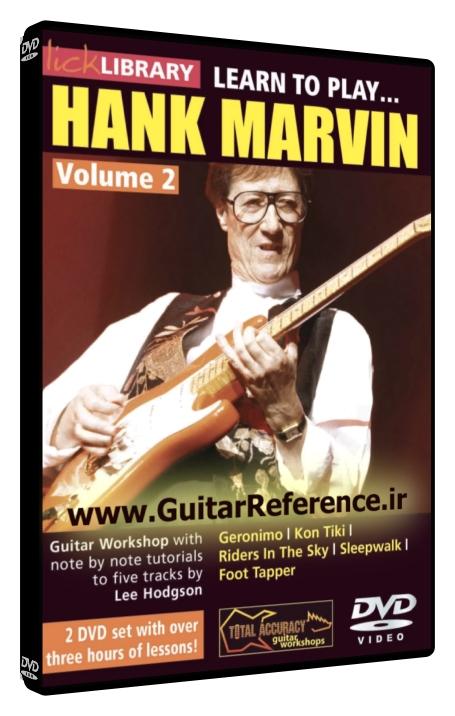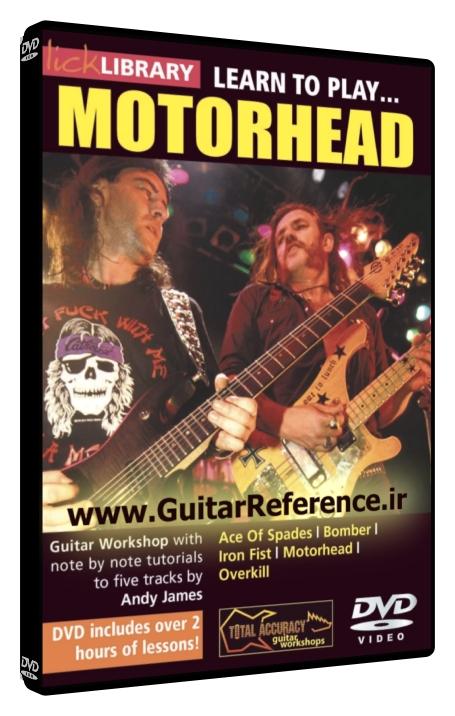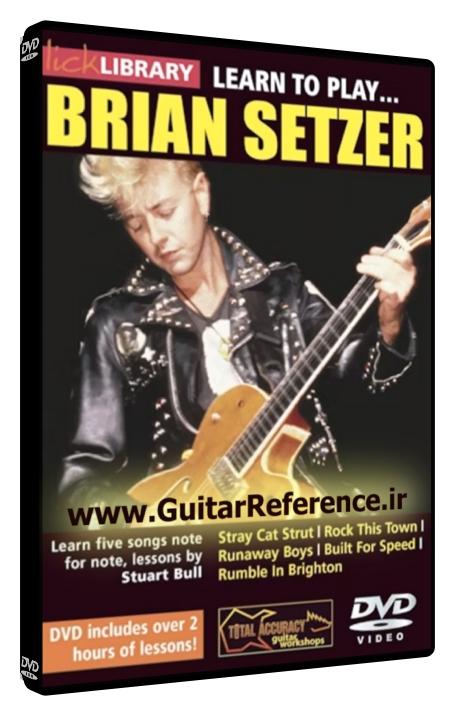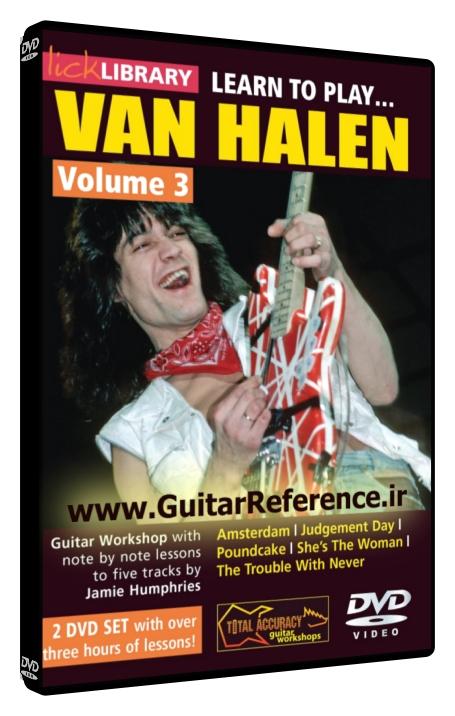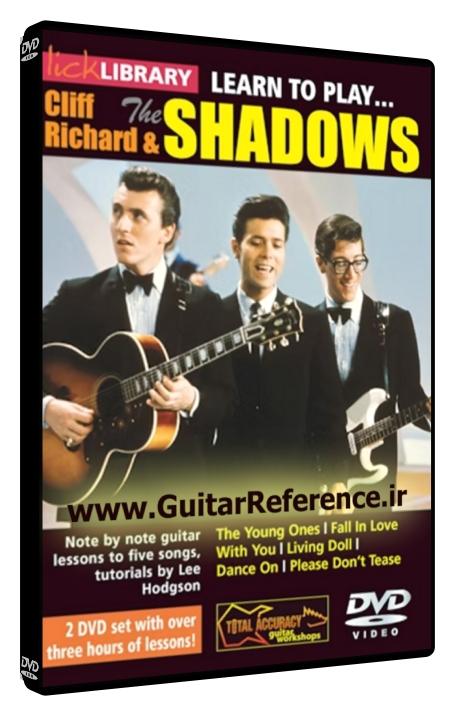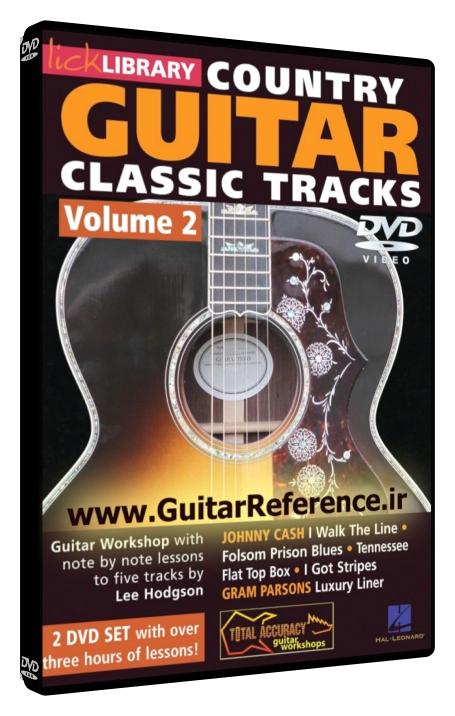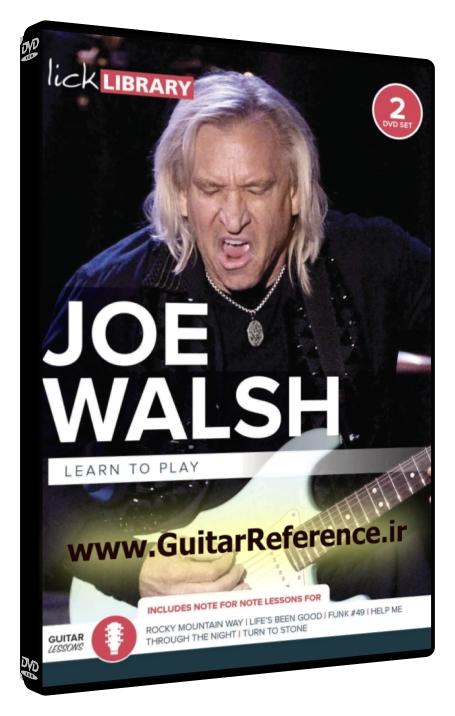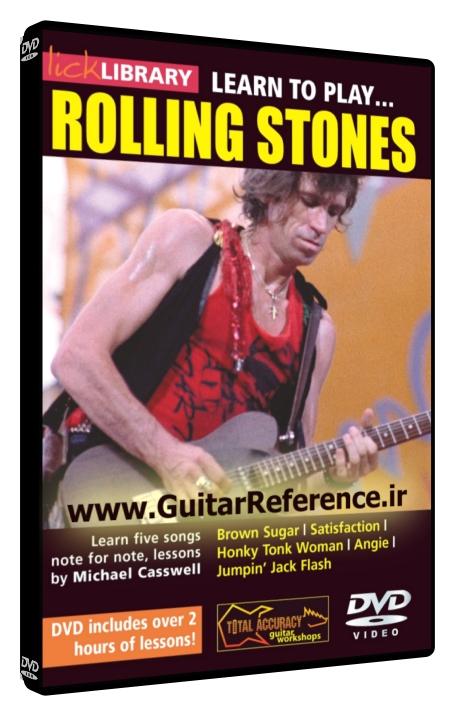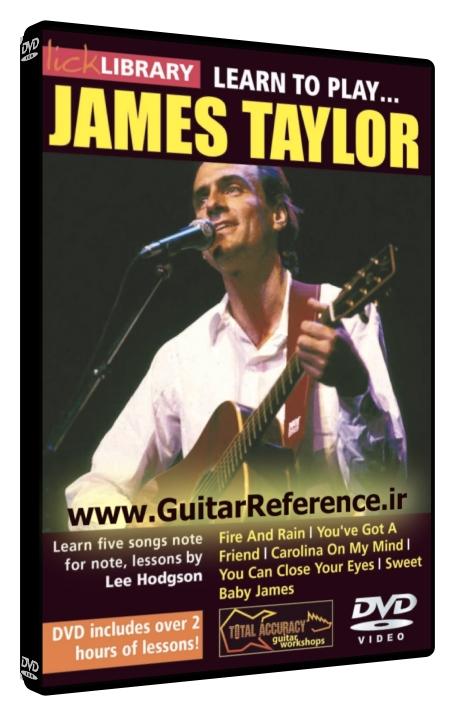Learn to Play Buddy Holly
by Sam Bell
Product Size: 982 MB [WEBRIP]
32.49 $ 3.99 $
Description
Guitar Lesson Course Overview
Buddy Holly’s influential sounds continue to resonate with both young and seasoned guitarists. His unique blending of country, rhythm, and blues, combined with a rock and roll edge, revolutionized the music scene of the 1950s. Our comprehensive course, “Learn to Play Buddy Holly,” offers in-depth, note-for-note guitar lessons for some of Holly’s most iconic tracks: “Heartbeat,” “Maybe Baby,” “Peggy Sue,” “Rave On,” and “It Doesn’t Matter Anymore.” These lessons by Sam Bell are meticulously designed to help guitarists of all levels master the distinctive Holly sound.
Tracks Include
• Heartbeat
• Maybe Baby
• Peggy Sue
• Rave On
• It Doesn’t Matter Anymore
Heartbeat
“Heartbeat” is a testament to Holly’s ability to infuse simplicity with unforgettable melody. The song is predominantly in the key of A major and uses basic chords that are perfect for beginners. However, the magic lies in the unique strumming patterns and the melodic fills between the vocals. The solo sticks to the A major pentatonic but is played with such nuance that it warrants a thorough breakdown. The lesson focuses on these nuances and the importance of dynamics in the solo.
Maybe Baby
“Maybe Baby” presents a more upbeat tempo, driving the rhythm with a classic I-IV-V chord progression in A major, typical of the rock ‘n’ roll era. The highlight of the song is the lead guitar work. It’s not overly complex, using the A major scale, but it complements the rhythm guitar and vocals beautifully, illustrating how lead lines can weave around a vocal melody, rather than overshadowing it.
Peggy Sue
“Peggy Sue” is one of Buddy Holly’s most famous songs, thanks to its catchy rhythm and iconic lead riff. The song is in the key of G major and employs a mix of open chords and barre chords, offering a great practice session for chord transitions. The lead riff is a fantastic example of how to use double-stops effectively, and the solo, while short, uses the G major pentatonic scale inventively.
Rave On
“Rave On” showcases the quintessential upbeat tempo of early rock ‘n’ roll. Played in the key of E major, it uses a standard blues progression but ups the tempo to create an energetic dance tune. The lesson dissects the rhythm guitar part, showing how to maintain stamina and accuracy at higher tempos. The lead guitar is particularly interesting for its use of the E major pentatonic scale, demonstrating some classic rock ‘n’ roll licks and phrasing.
It Doesn’t Matter Anymore
“It Doesn’t Matter Anymore” has a slightly different feel from the other songs, offering a more melancholic tone. The song is in the key of G major and features some interesting chord changes that are not as commonly used in rock ‘n’ roll. The strumming pattern is unique as well, providing a great exercise in rhythm playing. The lead guitar part is subtle and uses the G major scale to create simple but emotional licks that enhance the song’s mood.
Lead Guitarist’s Contribution
Buddy Holly may not have been the most technically skilled guitarist of his era, but his real strength lay in his innovative approach to songwriting and guitar performance. He had a knack for creating memorable, catchy lead lines that perfectly complemented his songs’ melodies—a skill that every lead guitarist should study and appreciate. Holly’s playing was clean and precise, and he knew how to use simplicity to his advantage. Each lead line and solo in these songs serves the music and helps to drive the song forward, illustrating that a guitarist’s role is not just to showcase skill, but to contribute to the song as a whole.
Guitar Techniques in These Lessons
Vibrato / Alternate Picking / Double-Stops / Slides / String Bending / Chord Progressions / Barre Chords / Pull-Offs / Hammer-Ons / Arpeggios / Palm Muting / Syncopated Rhythms / Open-String Riffs
In these lessons, you’ll not only learn to play these iconic songs, but you’ll also gain a deeper understanding of Holly’s style and the guitar techniques that brought his songs to life. Whether you’re a beginner looking to learn the basics or a more advanced player aiming to capture the nuances of Holly’s style, “Learn to Play Buddy Holly” has something for every guitarist.
